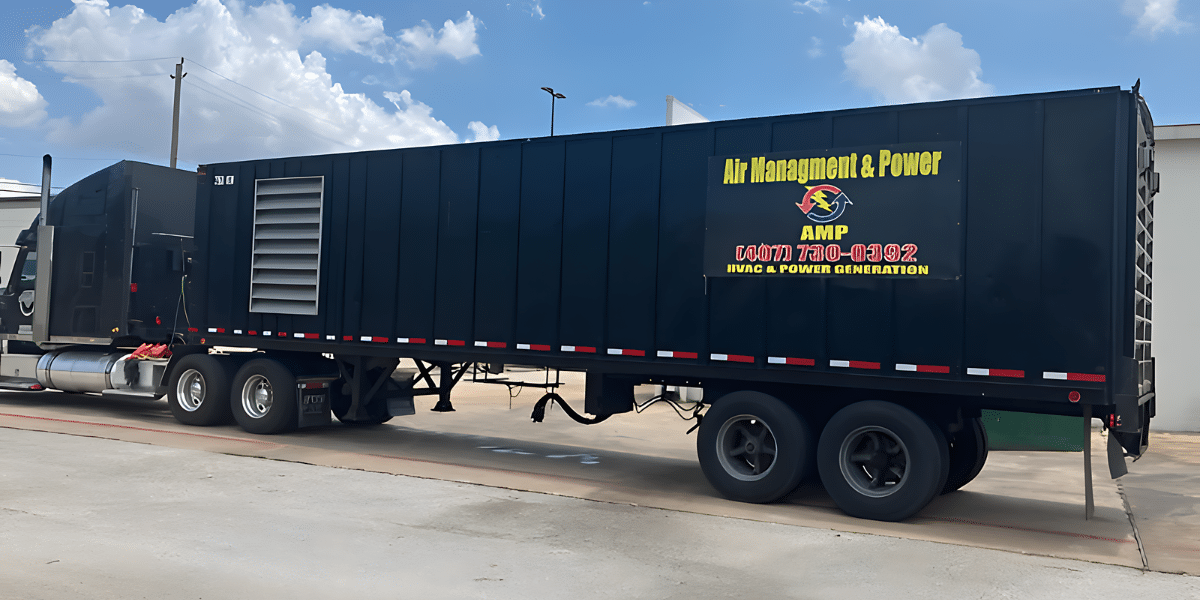Image Commercially Licensed From: Unsplash
By Ayad Chammas
Twenty one years ago, on an oil and gas job site in the MENA region, a worker was trapped for 30 minutes between the giant blades of a cooling fan rotating at 100 rpm, and the protective cage surrounding the fan. He had been inspecting cables within the cage when a supervisor, unaware of his presence, started the fan and left it to run. Analysis of the incident demonstrated many vulnerabilities in the project inspection/safety arrangements, which were subsequently strengthened. The project was put on hold for 2 weeks during the investigation, and although the worker escaped physically unharmed, he had to leave the job due to PTSD.
Today, the possibility of such an incident can be avoided by using a device that allows remote inspections in tight inaccessible areas without the need for direct human intervention. Nevertheless, construction remains a dangerous industry with workers exposed to serious safety hazards – such as falling from heights, injury from unguarded machinery, being struck by heavy objects, electrocutions, inhalation of toxic materials – as well as a wide range of health issues.
According to the U.S Bureau of Labor Statistics (press release 16 December 2021) there were 4764 construction related fatalities in the US alone in 2020. Although this is a decrease of 10% from 2019, possibly due to the Covid related slow-down in construction, the long term trend shows little improvement over 10 years. Fatalities have persisted at between 4500 and 5500 per year despite the advent of new technologies and innovations in construction safety. In other words a worker dies every 2 hours from a construction related injury in the US. U.S. Bureau of Labor Statistics
Workers’ Compensation payments due to construction injuries annually amount to about $2.5 billion in the US, and one in every ten US construction workers is injured each year according to OHSA.
Therein lies a huge opportunity to save lives and improve worker welfare: It is estimated that construction firms in the US can save between $4 to $6 on the cost of injuries for every $1 invested in safety programs or technologies. Globally, injury rates on construction sites worldwide are 71% higher than the injury rates across all other industries. From my personal industry experience spanning 4 decades. In this article we will briefly elucidate the emerging technologies and innovations available to solve a variety of HSE problems, to reduce fatalities and improve the wellbeing of all industry participants. At the end of the day, everyone must go home to their families and loved ones.
Technology for a Safe Construction Site
According to OSHA classification, the “fatal four” causes of construction accidents are falls, electrocution, struck by object, and caught in between two objects. The acceleration of ‘safety tech’ to address these causes, whether by large companies or via innovative construction founding teams, has proven to be impactful whenever construction contractors have taken the decision to invest. Having said that, much of the industry is made up of small and medium sized contractors without the capacity to invest in new technologies. Currently, with much of the construction industry’s investment going into BIM and Digital Twins, the safety sector is being monopolized by a few large digital companies geared towards large scale implementations. Implementation on smaller job sites is often unfeasible. But that is changing with a host of new approaches that are more likely to be ubiquitous in their application.
Health monitoring and intervention innovations, often utilizing wearable devices, can provide real time monitoring of worker vital signs with live feedback to a control center. These applications can also help with mental health monitoring and suicide prevention.
Construction Robotics has benefited from the huge advances driven by the space program and manufacturing industry. Robotics technology has become more affordable and accessible. Construction Robotics startups are working to automate dangerous processes on job sites, to augment worker capabilities, and to facilitate remote monitoring and inspections.
Startups developing IOT Wearables are working to increase the effective strength of human workers and to eliminate occupational injuries as a result of lifting heavy objects or installation work in confined spaces. IoT devices can be used to monitor and report on a range of environmental factors that impact health and safety. These include chemical contamination, inhalable dust, radiation, carbon dioxide, humidity, temperature, light, noise etc.
Predictive Safety startups are using Machine learning and AI based predictive analytics to uncover potentially hazardous situations on job sites and make informed predictions about what may occur including accidents/incidents and near misses.
Software is now helping project managers identify high-risk areas in projects such as Oil and Gas installations, Highway and Bridge projects, and large Building projects. Project managers can resolve issues and address problematic safety behaviors in real time via monitoring tools that suggest the actions to be taken backed up by analytics.

Sourced Photo
Sensors and inter-device communications are also being used to minimize emergency response times and improve safety for end users. These devices can detect sudden movements or falls and share real time locations with emergency responders. IoT is being used to enable real time workforce reporting by integrating sensors or RFID tags into workers’ helmets or vests thus connecting everyone on the job site by wireless technology.
Safety begins with the qualifications and experience of the workforce. A major factor that influences the number of accidents on any job site is the level of competence of the workers and their familiarity with site conditions. For large accelerated projects, it is often the case that contractors resort to hiring the workforce in large numbers in a short period of time to perform specific activities such as concreting, paving, welding, structural steel installation, scaffolding, cable laying etc. Startups now have developed platforms that can work in concert with the concerned government agencies to set up national construction safety databases to validate workforce hiring choices. Such Digital Platforms help builders ensure that they hire qualified workers on their projects and at the same time, provide construction companies with lists of skilled workers to choose from. Digital platforms are also used to train and test workers’ competencies remotely prior to hiring them, and without incurring costs for travel, testing and qualification.
Safety has become paperless with safety professionals using digital mobile phone applications to record and resolve minor safety issues on site without interrupting the work and suspending activities except where absolutely necessary. In emergencies, they can issue stop work notices in real time and direct safety evacuations without resorting to manual head counts. Regular safety activities such as automatic sign-on, inductions, evaluations, and worker permits, are now part of a simple digital solution for the job site.
Managers and employees can now utilize safety applications which include inspections, training, observations, and near-miss reporting without laborious paperwork, thereby improving the engagement of every worker in the safety process via their mobile devices. Such applications include safety onboarding, job hazard analysis, pre-task planning, toolbox talks, audits, checklists, worker certifications and incident reporting.
Opinion
Based on industry statistics, construction safety has not improved despite the availability of new technologies that could make a big difference. As compared to other sectors in the economy, the construction industry has been a slow adopter, but is now in the initial stages of a safety tech revolution. Technology is out there and is becoming increasingly accessible and affordable, such as construction robotics, IoT wearables and devices, sensors, Digital Platforms, and mobile applications to mention a few. The economics for adoption are justifiable and most importantly these technologies are saving lives every day. Young industry founders are putting in massive amounts of time and effort to democratize safety in the construction industry. It is no longer necessary for construction contractors to incur heavy licensing/technology costs, particularly medium size and small companies, in order to protect workers’ lives. They only need to be open to adopting these new technologies on their job sites. The construction accidents/fatality pandemic could become a thing of the past within this decade.
Ayad Chammas is a Construction and Engineering professional, Directing large infrastructure, oil & gas and renewable energy projects all over the world for the past three decades. He served as a senior executive in multinational infrastructure and Oil and Gas companies. Over the last decade, Ayad has been an active promoter of clean energy, investing in sectors such as EV and PV as well as Data Management and Fintech. He also serves on the board of several startups where he is also an investor and a partner in Nirman Ventures.






